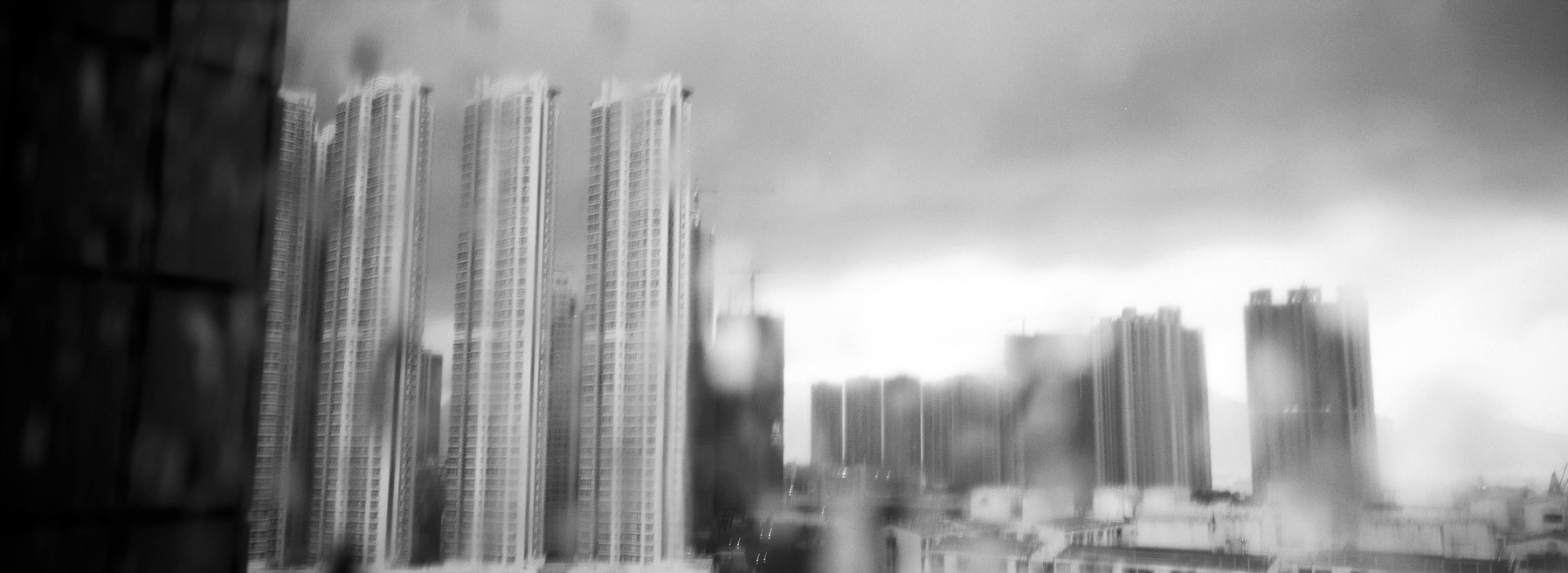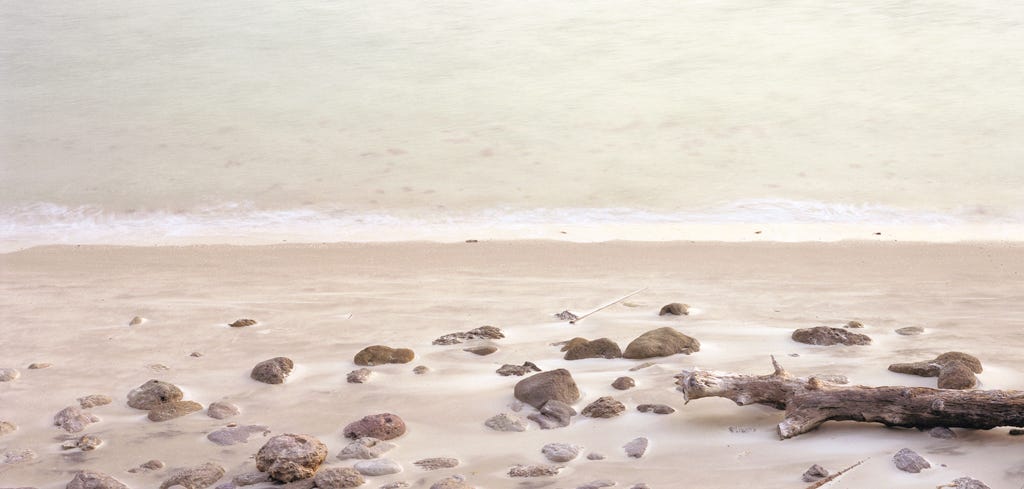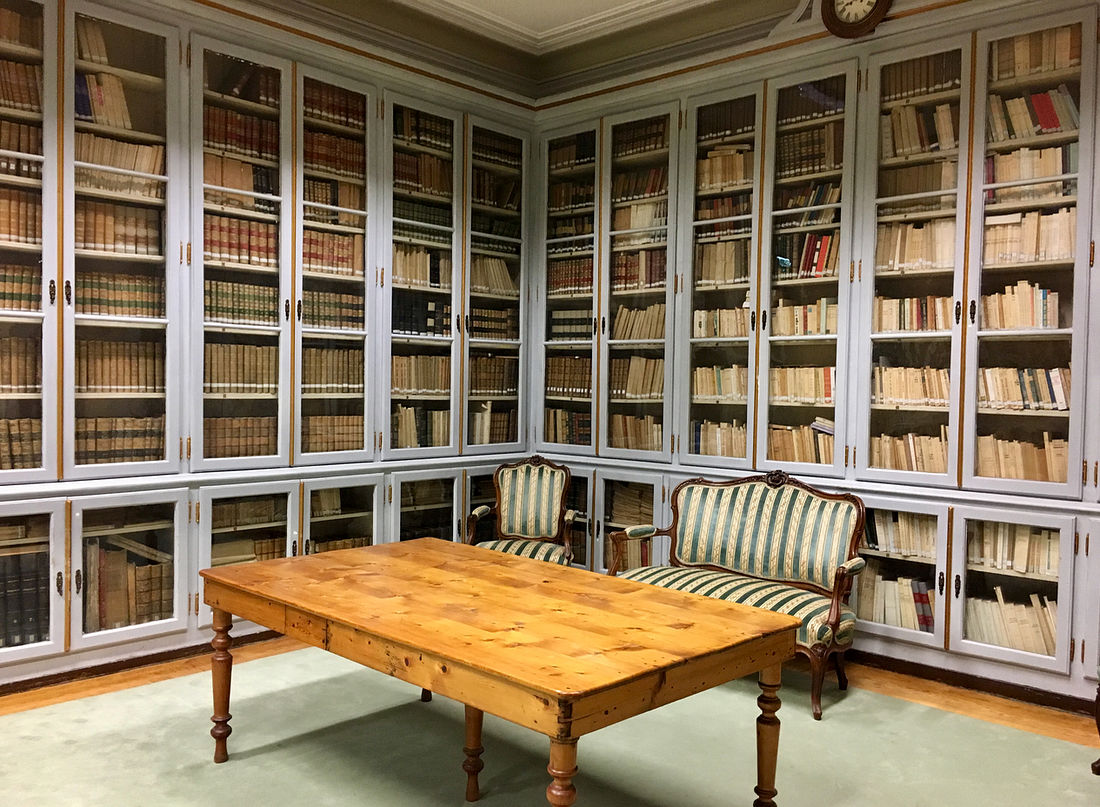
09 Apr Generating New Ideas in a Time of the Plague
If there ever was a time in our lifetimes when we needed new ideas, it is now. But when you need an idea, what kind of actions do you take to keep generating better ideas, to keep them coming? Especially when cortisol and adrenaline are washing through your system in bucketloads, limiting your very ability to synthesise concepts and to roam the landscape of your mind in search of such concepts in the first place?
Here are three suggestions I give clients, and — taking my own medicine — use myself when stuck for ideas: the right environment, the right level of concentration and the right amount of data and distraction. BV (Before Virus) it was relatively simple to find at least two out of the three. AV (yes, that’s what it means, After Virus) our ability to look for the right physical environments is, at least for a while, severely hampered. To keep those ideas coming, therefore, we need to consciously construct virtual environments which are actually conducive to creative thinking.
Given that in order to have a few good ideas you need to have many ideas, it is necessary to get into a mode of thinking has been best described as “open” — your mind is free to wonder, synapses are clicking and buzzing with connections — and stay there for extended periods. This is a “Goldilocks state” level of stimulus — not too much, not too little, just right, and that is highly individual.
For me a fundamental building block is music, and the choice depends on what I’m doing. If it’s conceptual work with research, concentration, writing, generally working with words, it’s ambient or instrumental jazz. If I’m doing layouts or working with visuals (form rather than text), it’s grunge or fusion and usually rather loud. This is just something I have noticed — and it works for me. (It is also a rather excellent reason to explain having a CD library of over 2000 titles… and a pair of rather pricey studio quality Denon earphones. That’s my excuse.)
Sound, the aural environment, is often neglected, or at least overlooked when designing work spaces.
Cafe noise, at around 45 dB and without intelligible conversations, can help and is the second reason why many people like to work in cafes. That activity is now out of our immediate reach, but we can transport ourselves to virtual cafes, courtesy of a myriad of recordings available online. Do a search for “cafe+noise” and you will come up with such gems as RainyCafe (which is what it says on the tin, and you can adjust the volume of both the rain, and the cafe), or selections of recordings form my beloved Lisbon, by FreeToUseSounds. As with any digital property, finding the “right” aural environement is actually as far away as your internet search engine. (This article was written with RainyCafe’s sounds in my headphones. No they’re not paying me to say that.) Recently, I’ve come across this rather delicious collection of ambient atmospheres and loops to soothe the soul and invigorate the synapses : https://www.ambient-mixer.com/.
Physical space may seem more difficult, but your eyes are actually a lot easier to trick than your ears, and there’s no need to splurge thousands on the latest virtual reality kit to transport yourself into places other than your work desk.
If you have a second monitor — which you really should, to save yourself, in aggregate, hours of time otherwise spent on looking for the right open document window — then there’s nothing to stop you having your peripheral vision occupied by an image of, for instance, a virtually created cosy cafe with people and cars moving outside, or almost any other space you care to think of. It turns out, there’s a whole subculture of virtually created ambient spaces out there, including a royal library, complete with a crackling fireplace, and a Japanese ryokan. Open fields work for some — and there are hours of “open field ambience” videos; cluttered studios for others — yes, those, too; while there are people who like empty rooms. As with everything to do with creativity, the preferred environment is an individual thing.
The point here is to trick your brain into switching off the conscious processing of data points outside of what you wish to concentrate on. Luckily, your most important organ is actually fairly easy to cheat that way.

Lack of interruptions is absolutely vital. Ask any creative professional and at the top of their list of things required to get work done is “for everyone to leave me the hell alone while I’m working.” Being stuck at home, “social distancing”, certainly makes you appreciate not being in an open-plan office… Open space offices spell death to creativity, unless people can enclose themselves in their own space, usually through the use of headphones.
So, no calls, no emails, no tweets — concentration is the lubricant that keeps the creative wheels turning and the glue that sticks various ideas together. Ideas are precious, fleeting things and have a way of starting to disappear as soon as they come up, so you need to capture them instead of being distracted by the latest, ….oh wait what was I saying?
If there is a blessing to be appreciated in this terrible time, being forced to sit and think by yourself might just count as one. (Yes, I realise, home schooling kids while stuck at home is not easy. Don’t shoot me. I’m just thinking aloud, here.)

Finally, input. If your goal is to come up with new ideas, then usually the rule for input is “as broad and as varied as possible.” Input comes in two forms – data and random, both of which are vital for ideas to keep flowing. Data is simple – this is all the stuff you need so as to be able to get into the work, understand what you’re doing, delve deep into the subject. This is of course highly subjective and depends on the type of work you do. A musician will have a very different set of data from a hardware engineer.
Random is more interesting, and also more universal. I very often walk up to my library, open a random book case and pick out a book that has nothing to do with whatever I’m working on at the time, in order to “ping a different perspective.” This can just as easily be books of, and about, mythology, or collections of photographs of graffiti.
Il Professore, Umberto Eco, was famous not just for having written great books, but also for having had a personal library consisting of great many of them. Some thirty thousand, apparently, but who’s counting? When asked about the reason for having so many more volumes than anyone could hope to read in one lifetime, he simply replied “it’s to remind me how much more I still don’t know,” or words to that effect.
Which is an elegant way of saying, if you are looking for new ideas, you need to look for them in places other than where you have found your old ideas. That may be an obvious thing, but scratch the surface of almost any writer’s working method, and browsing through volumes entirely unrelated to his or her current project is high on the list of favourite practices. And it works not only for writers.
There is also the visual random, which for me is very important. My study is lined with photographs, paintings, prints, oddball sculptures, masks and puppets – which drives my wife nuts, it is just too busy for her. It works for me, though, since I’m able to use them as “unrelated objects to stare into while thinking”(there is probably a word for that in some ancient language that is about to go extinct, and we’ll never know…)
Finding “data” is what we are trained for. Any competent professional, tradey, researcher, artist or artisan knows how and where to find information related to his or her work. Finding “random” is somewhat more difficult since, of course, you don’t exactly know what you are looking for. Rifling through antiquarian bookshops and fleamarket stalls is out for the time being, but luckily there are people who have taken it upon themselves to provide at least starting points for such journeys into the unknown. As this is a fundamental component required in the construction of a framework for generation of new ideas, I will be writing more about it soon since it warrants a lot more exploration.
These three building blocks will work for you, but you need to find out in what proportions, and in what circumstance. Just like each of us has a different definition of the perfect cocktail appropriate for each different occasion so, too, finding the right “thinking space” is a matter of trial and error. You might say, almost like creativity itself.


